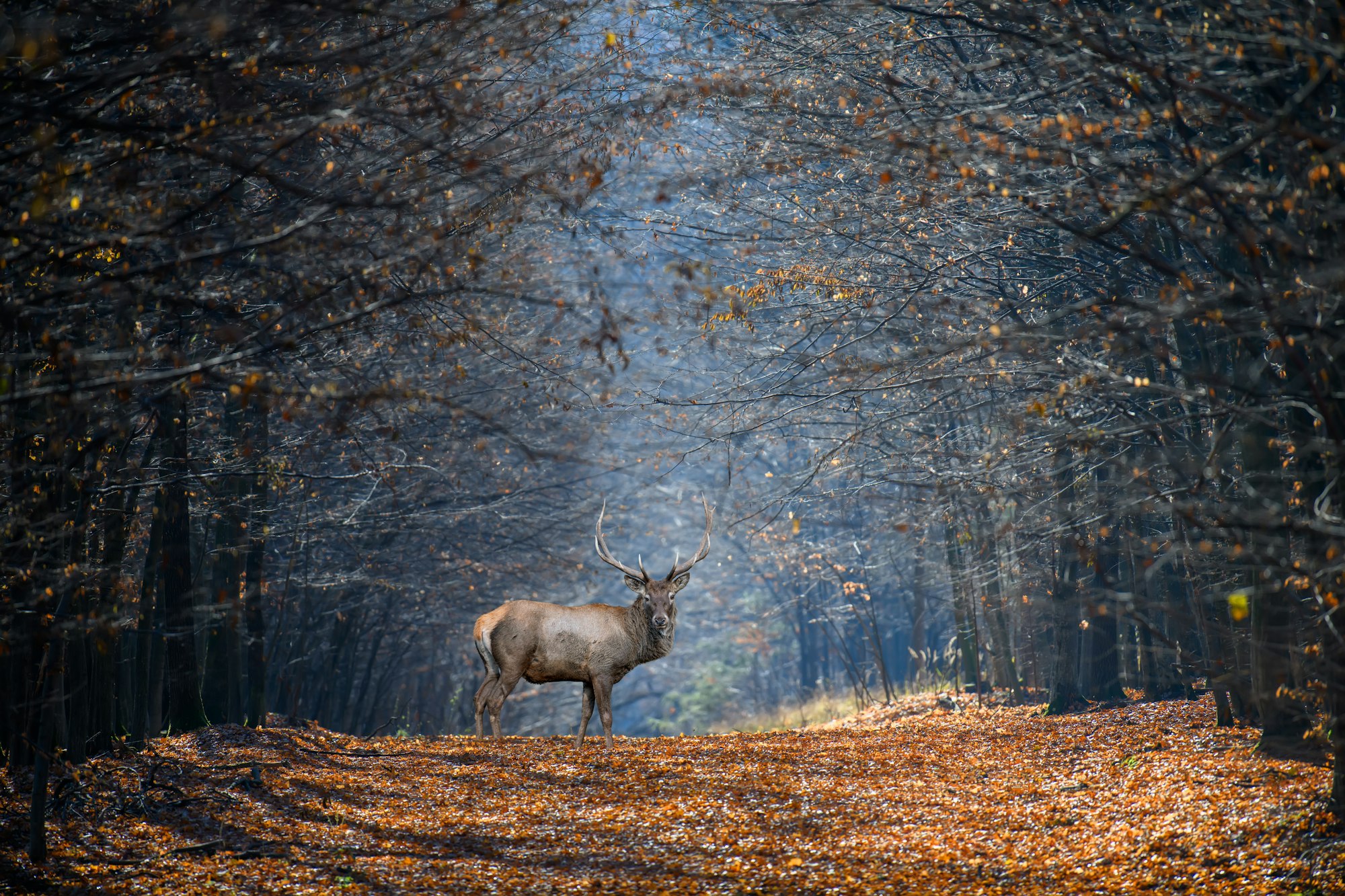What advice would you give for photographing wildlife during a UK camping trip?

Immerse yourself in the beauty and grandeur of the UK's untamed landscape and wildlife. What could be more exciting than going on a camping trip and capturing the essence of nature through your lens? Photography not only lets you relive moments but also brings out the artist in you. However, capturing wildlife requires patience, practice and proficiency. In this article, you'll find comprehensive advice for photographing wildlife during a UK camping trip.
Choosing the Best Camera and Lens
It all starts with the right equipment. Selecting the best camera and lens may seem like a daunting task, given the plethora of options available.
Dans le meme genre : How to camp sustainably near UK wildlife reserves?
When choosing a camera, consider factors such as sensor size, speed of autofocus, frames per second, low-light performance, and weather sealing. A DSLR or mirrorless camera will work well for wildlife photography as they offer fast autofocus and high burst rates. When it comes to lenses, a telephoto lens is a go-to for wildlife photographers. It allows you to keep a safe distance from animals while capturing them in their natural behavior.
Keep in mind, however, that the best equipment is what you will actually use. Don't purchase a heavy, expensive lens if you won't carry it around. Instead, invest in gear that suits your style, budget, and physical abilities.
A lire également : How can you ensure your food stays fresh during a UK camping trip?
Preparing for the Trip
Preparation is key to ensure a successful and enjoyable wildlife photography camping trip.
Firstly, do your research. Understand what wildlife you might encounter in the area you're visiting. This will help you plan your trip around the best times and locations to find specific animals.
Packing lightly is also important. Remember, you'll be carrying your gear for extended periods, so only take what you need. Your camera, a versatile lens, a sturdy tripod and a weatherproof bag should make up the core of your kit. Don't forget spare batteries, memory cards and lens cleaning equipment.
Lastly, respect the nature around you. Stick to paths and designated areas, so as not to disturb the wildlife or their habitats.
Mastering the Art of Wildlife Photography
Wildlife photography is an art that requires a blend of patience, timing and technical skills.
One of the biggest challenges you will face is getting close enough to the subject without disturbing them. The key is patience. Animals require time to become comfortable with your presence.
Understanding your camera settings is also vital. The light conditions in the wild are constantly changing, and you need to be able to adjust your camera settings accordingly. Experiment with shutter speed, aperture, and ISO to achieve the best results.
Remember, you're telling a story with your photos. Aim to capture animals in their natural behavior rather than just standing still. This will bring a dynamic element to your photographs and truly convey the essence of wildlife.
Overcoming Challenges
Photographing wildlife presents unique challenges that differentiate it from other forms of photography.
Poor lighting is one of the main obstacles you'll encounter. Early mornings and late evenings offer the best light for wildlife photography, but these times also often coincide with low light conditions. You'll need to master shooting in these conditions to take advantage of the golden hours.
Another challenge is unpredictable animal behaviour. Wildlife won't pose for you, so you need to be prepared for any situation. This requires patience, quick reactions, and a deep understanding of animal behavior.
Lastly, be prepared for the elements. Weather in the UK can be unpredictable, and you may find yourself photographing in rain, wind or mist. Protecting your gear is crucial, as is learning how to use these conditions to your advantage to create atmospheric and dramatic images.
Post-Processing Your Photos
Post-processing is an integral part of wildlife photography. It provides the opportunity to enhance your photos and convey your artistic vision.
Start by sorting through your images and selecting the best ones. Look for sharp focus, good composition, and interesting behavior. Then, use editing software to adjust exposure, contrast, and sharpness. Don't be afraid to crop your photos to improve composition, but remember to maintain a realistic representation of the subject.
Remember, less is more when it comes to editing. The aim is to enhance the photo, not to alter it beyond recognition. The true beauty of wildlife photography lies in capturing the inherent magnificence of nature.
Remember, the most important thing is to enjoy the process. Wildlife photography is a journey, full of learning and wonderful experiences. Whether you’re a seasoned photographer or a beginner, each trip will offer unique opportunities and challenges. So, pack your bag, grab your camera, and embark on your adventure, ready to capture the enchanting UK wildlife.
Essential Kit List for a Wildlife Photography Camping Trip
Embarking on a wildlife photography camping trip requires more than just a camera and lens. It necessitates a well-thought-out kit list that covers all the essentials needed for wild camping, including a comfortable sleeping bag, a durable bivvy bag, and appropriate clothing for the unpredictable UK weather.
Your sleeping bag should be lightweight and compactable, yet warm enough to withstand the temperatures of the area you’re camping in. For the ultimate wild camping experience, a high-quality bivvy bag is also fundamental. Bivvy bags, or bivouac sacks, are small, waterproof shelters that offer an alternative to traditional tents. They're lightweight, easy to pack, and provide an incredibly immersive outdoor experience.
Clothing should include water-resistant and windproof layers to protect you from the elements, as well as warm clothing for the cooler evenings. Remember to pack a hat and gloves, even in the summer, as UK weather can quickly change.
For the aspiring wildlife photographer, your kit list should also comprise of gear that will enhance your wildlife photos. This includes a tripod for stability and sharper images, spare batteries to ensure you’re never without power, additional memory cards, and lens cleaning equipment to keep your kit in optimal condition.
Take care to adhere to the leave no trace principles during your wild camp. This means taking all your rubbish with you, keeping noise to a minimum, and respecting the wildlife and their habitats.
Lastly, consider packing a guide book relevant to the area you’re visiting. This can be a great tool to help identify wildlife species and understand their behaviours better, increasing your chances of capturing compelling wildlife photos.
Exploring National Parks for Wildlife Photography
The UK boasts an abundance of national parks, home to a diverse range of wildlife, making them ideal destinations for your photography trip. Each park offers unique wildlife opportunities, so it's worth researching and selecting the park that suits your wildlife photography interests.
The Peak District, for example, is home to red deer, while the Cairngorms National Park in Scotland houses some of the UK's rarest wildlife, including ospreys and wildcats. If you’re interested in aquatic wildlife, the Pembrokeshire Coast National Park in Wales provides a fantastic opportunity to photograph seals and dolphins.
It's highly recommended to research the park's regulations on wild camping before your visit, as each park has different rules. Some parks allow wild camping anywhere, while others only permit it in certain areas or not at all.
Remember to use a wildlife-friendly approach when photographing in national parks. Maintain a safe distance from animals, avoid using flash which can startle them, and never feed wildlife in an attempt to coax them into a photo opportunity.
Conclusion
A UK camping trip offers a wonderful opportunity for wildlife photography. Whether you're capturing the early morning activities of red deer in the Peak District or the playful antics of seals along the Pembrokeshire Coast, the experience is sure to be exhilarating.
It’s true that photographing wildlife presents a unique set of challenges, but with the right camera, lens, and most importantly, patience and understanding of the animals' behaviour, you can capture stunning wildlife photos that truly reflect the essence of the UK's natural world.
Always remember, regardless of the photos you capture, the most important aspect of a wildlife photography camping trip is to enjoy the journey. After all, it’s not always about the destination, but the adventures along the way. So, go ahead, grab your camera, pack your gear, and prepare to immerse yourself in the captivating world of UK wildlife. Happy camping!
